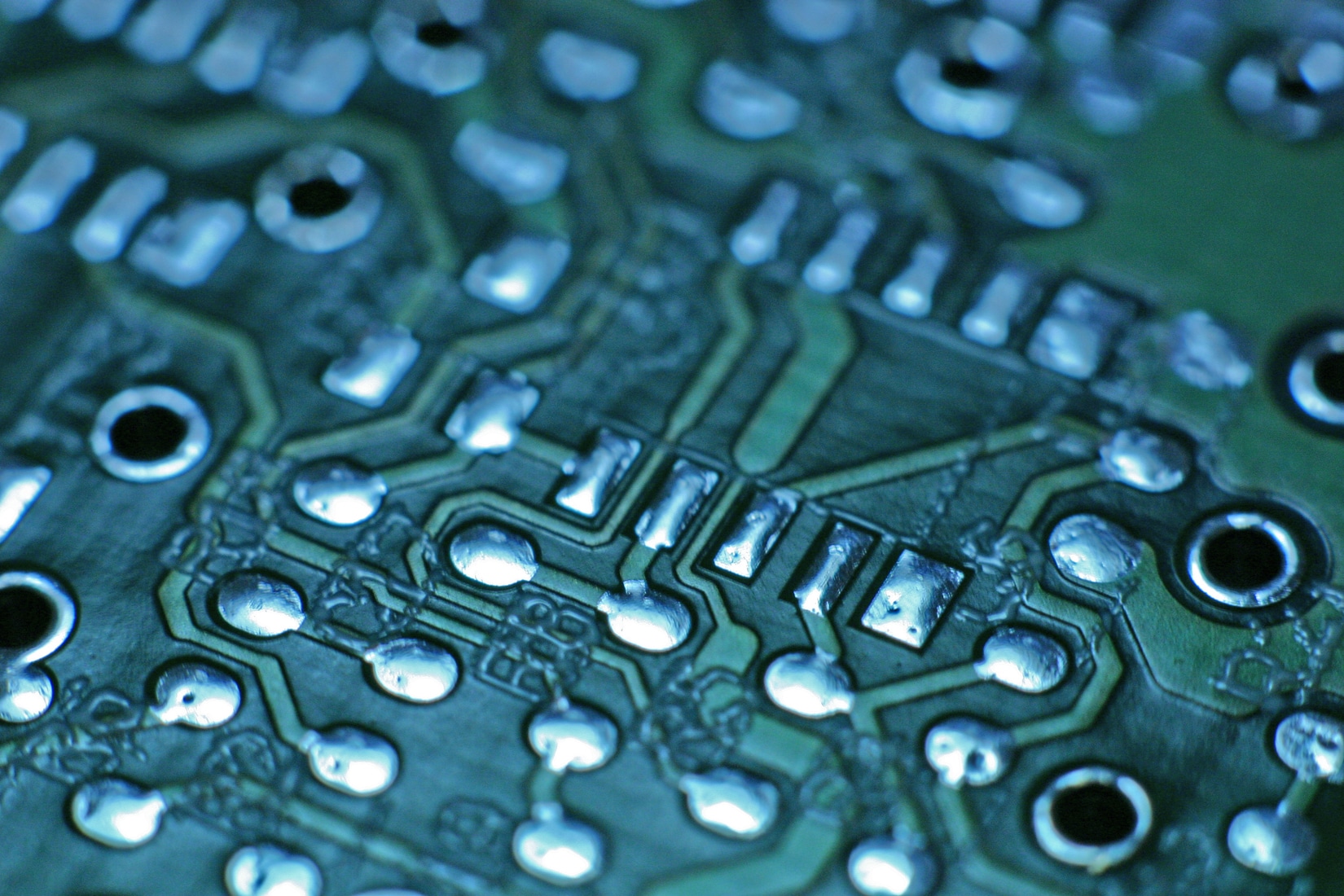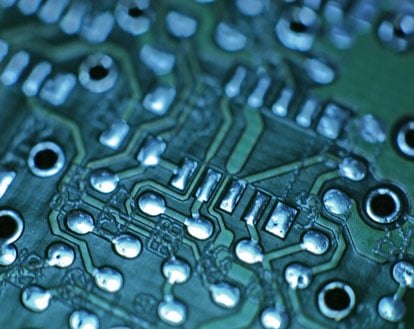A new mathematical model that predicts electromagnetic emissions from printed circuit boards may change the way electromagnetic emissions testing is performed.
Developed by researchers from the Agency for Science, Technology and Research (A*STAR) in Singapore and Samsung Electronics, the new mathematical model could help lower costs, improve product design and reduce time-to-market by enabling designers to more easily ensure devices meet regulatory standards.

Traditional methods of electromagnetic emissions testing often require large, expensive rooms and equipment, and calculations can take many hours to complete, study leader Wei-Jiang Zhao of A*STAR’s Institute of High Performance Computing said. In comparison, the new mathematical model can translate near-field measurements into an accurate estimation of far-field radiation using a standard desktop computer in less than 10 minutes.
The simulation relies on a series of virtual magnetic dipoles—tiny, imagery bar magnets—that collectively replicate variations in the near-field to create an almost-exact copy of the readings that would be produced by a scan of the near-field above a PCB. The simulation runs iteratively, each time slightly altering the magnetic dipoles so that they fit the data better. The magnetic dipoles are then used to simplify the calculation of the far-field radiation produced by the device.
In tests, researchers were able to approximate the magnetic near-field surrounding a thin, L-shaped metal strip laid on a small circuit board using only a few virtual magnetic dipoles. The match improved as the team continued to add more dipoles—up to nine total. No significant improvement was observed with the addition of a tenth dipole.
The research team is reportedly working to refine their system to make it suitable for use by the electronics industry.




